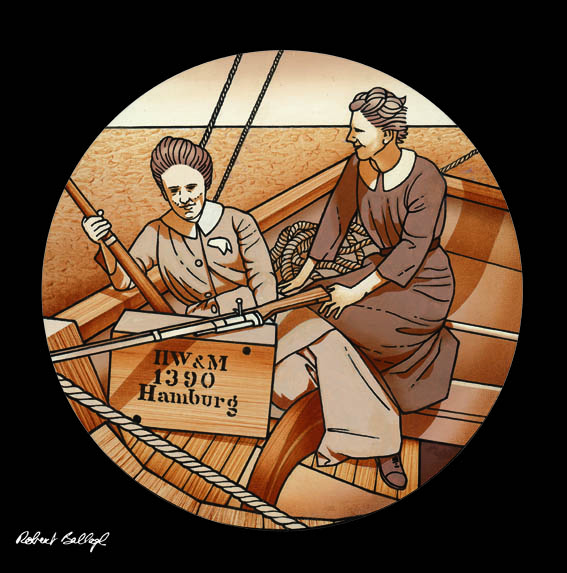23 July 2014: Gun-running centenaries and all that
Published in 20th-century / Contemporary History, Blogging Irish History, Revolutionary Period 1912-23The centenary anniversary of the Howth gun-running falls this coming weekend. It is being marked by an official ceremony, and the weekend will also witness a commemoration of the related (though less well-known) Kilcoole gun-running, which is being marked with what looks like a very impressive ‘Heritage Weekend’.
The Irish Times has given a good deal of space to centennial issues this week, with an account of the involvement of Protestant nationalists in the events at Kilcoole, the tragic story of an irreparable split between a father and a son over the issue of the Howth gun-running, and Ronan O’Brien’s op-ed piece on John Redmond, which was far more nuanced then some recent commentary on this admittedly titanic figure of Irish nationalism.
The story of how Jeremiah Hennessy (snr.), a coast guard officer, forbid his son Jeremiah Hennessy (jnr.) from returning to the family home over the latters members hip of the Irish Volunteers speaks of a generational gap between the attitudes of nationalist Ireland, encapsulated in the sundered relationship between a father and a son. This has long been debated as a factor in the remarkable shift from Home Rule to Sinn Féin in 1916—1918; a younger, more militant segment of the population voted for a younger, more militant party. Yet O’Brien did make the point that the attitudes of many Home Rulers were fairly militant, and often grounded in the Fenian tradition; perhaps they didn’t have to shift too far. Redmond himself, after all, congratulated Thomas Kettle for successfully buying arms for the Irish Volunteers in Germany in late August 1914 (after war had broken out!), which was hardly the stance of a dyed-in-the wool pacifist. An acknowledgement of the significance of the Home Rule party and Redmond need not involve whitewashing either; in that sense, Ronan O’Brien’s article was a welcome commentary.
All of this begs a question: how different were the republicans who came to power in 1922 from the Home Rulers who were supposed to come to power in 1912? Younger and newly enfranchised Irish men and women may well have flocked to Sinn Féin; but many former Home Rulers did the same. This is worth bearing in mind in the face of the occasional suggestion that the ills of independent Ireland arise from the fact that the Home Rule movement was derailed by events and replaced by the post-1916 republican movement. With regard to the neglect of Redmond after independence, O’Brien (writing last Monday) noted that ‘it is not difficult to see how a man hostile to women’s suffrage…would be disregarded by at least half our population’.
An equally telling issue to bear in mind when pondering over what might have been is that in 1912—1914 Irish unionists feared a future Redmondite Ireland; not the republican alternative that had yet to come into being. Was the Ireland that emerged after the First World War really that different to the Ireland that was expected to have emerged before it?
Perhaps some people should be more careful what they wish for.
John Gibney

















